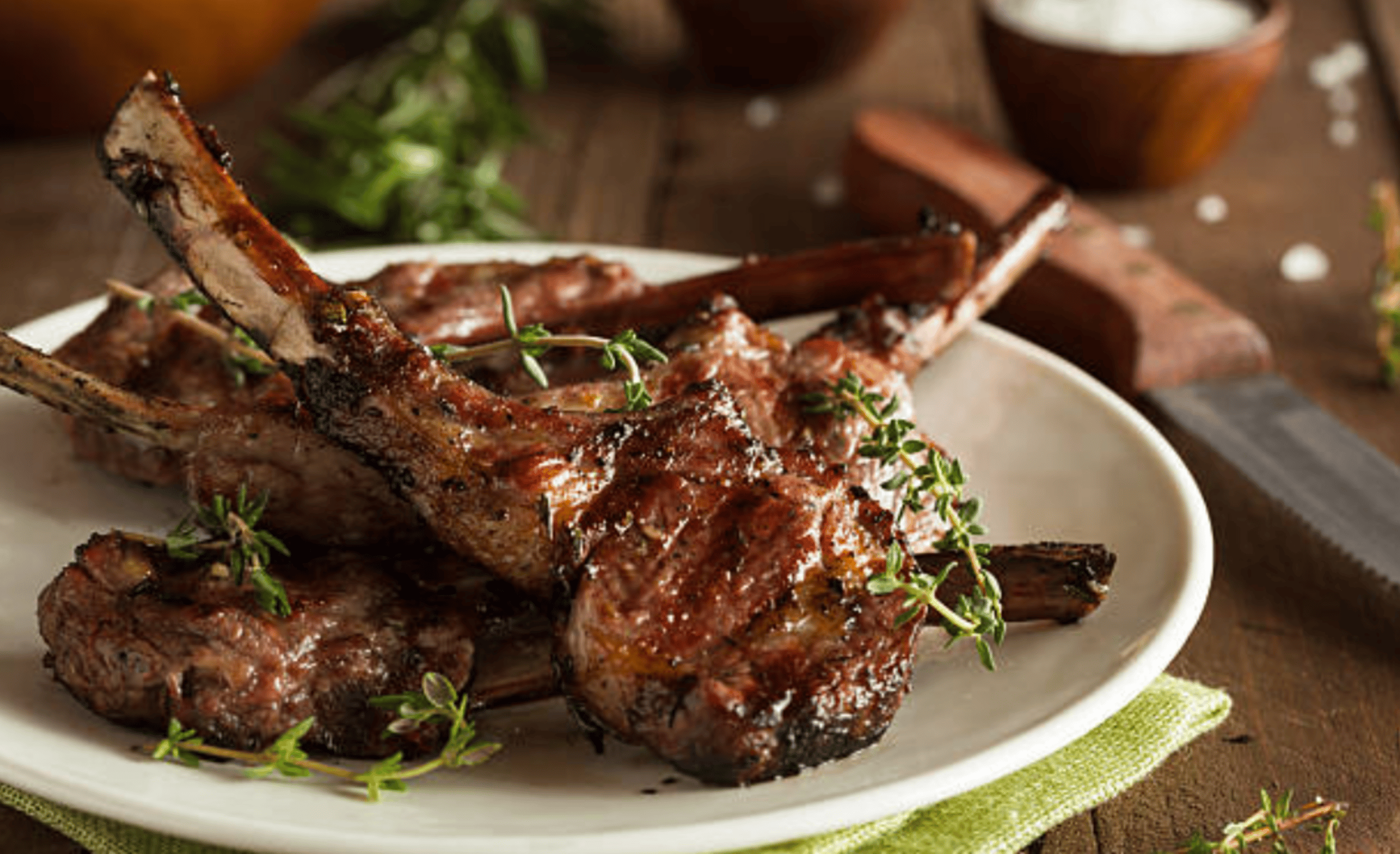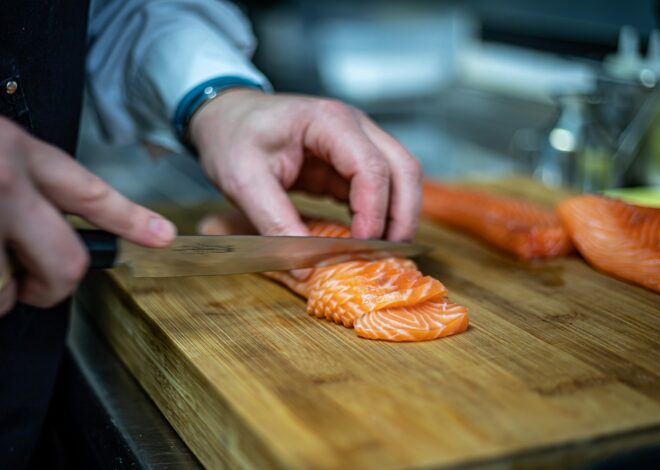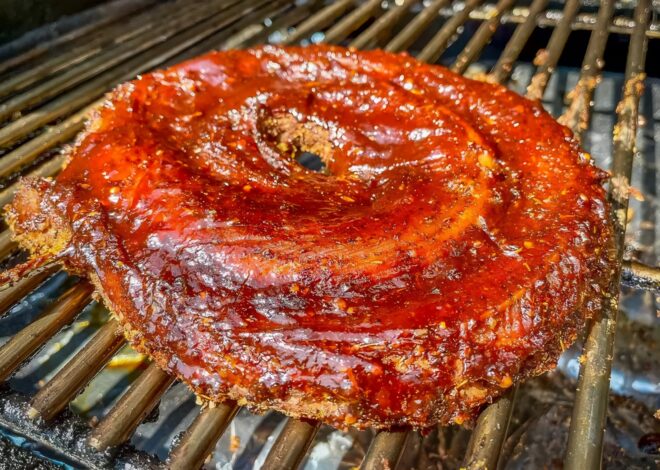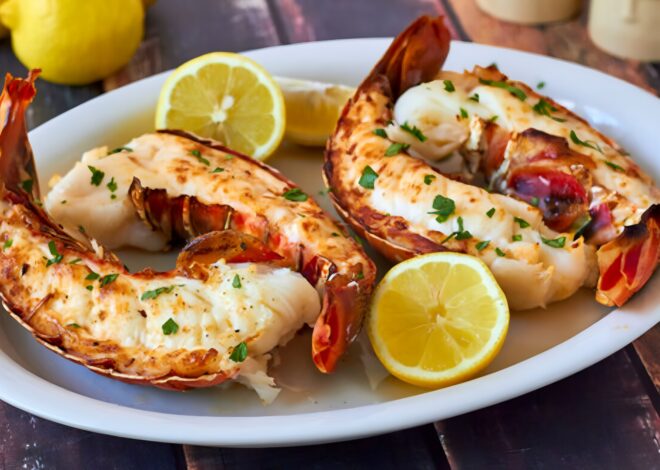
How To Cook Lamb Meat
Welcome to our step-by-step guide on how to cook lamb meat. Lamb meat is a culinary delight that brings rich flavor and tender texture to the table. Whether you’re a seasoned chef or just starting your cooking journey, lamb offers endless possibilities for delicious dishes. From succulent roasts to hearty stews, this versatile protein can elevate any meal.
If you’re wondering how to cook lamb meat perfectly every time, you’ve come to the right place! Get ready to explore various cuts of lamb, discover tips for selecting high-quality meat, and uncover exciting recipes that will impress family and friends alike. Let’s dive into the world of lamb and unlock its savory potential!
Types of Lamb Cuts and Their Uses
When it comes to lamb, knowing the different cuts can elevate your cooking game. Each cut has its own unique flavor and texture. Lamb chops are a popular choice, often grilled or roasted for a tender bite. They come from the rib or loin area, making them juicy and flavorful.
For stews and braises, shoulder cuts are ideal. The meat is rich and becomes incredibly tender when slow-cooked. Leg of lamb offers versatility; it can be roasted whole or sliced into steaks. This cut is perfect for gatherings, showcasing impressive presentation along with robust flavors.
Don’t overlook the shank! Perfect for hearty dishes like osso buco, this cut benefits from long cooking times that break down connective tissues. Each type of lamb cut serves a distinct purpose in the kitchen, so understanding these differences will help you choose wisely based on your recipe needs.
Tips for Selecting High-Quality Lamb Meat
When selecting high-quality lamb meat, look for vibrant color. A rich red hue indicates freshness, while pale tones might suggest age. Fat content is equally important. Opt for cuts with a good amount of marbling—this intramuscular fat adds flavor and tenderness during cooking.
Check the texture as well; it should be firm yet slightly springy to the touch. Avoid any slimy or overly dry surfaces. Don’t forget about provenance. Grass-fed lamb often has a richer taste compared to grain-fed options. If possible, ask where it’s sourced from.
Consider the packaging date and sell-by dates at your local butcher or grocery store. Freshness always triumphs over convenience when it comes to delicious meals!
Preparing and Seasoning Lamb Meat
Preparing lamb meat starts with a good rinse under cold water. Pat it dry with paper towels to ensure proper seasoning and browning. Next, trim any excess fat if desired. Some fat enhances flavor, but too much can be overwhelming.
Think about the cut you’re working with; for example, a leg of lamb benefits from some marbling. When it comes to seasoning, keep it simple or go bold—your choice! A classic mix includes salt, pepper, garlic, and rosemary. For something more adventurous, consider cumin or mint for an unexpected twist.
Let the seasoned meat rest at room temperature before cooking. This helps it cook evenly and retain juiciness. If you have time, marinating can elevate flavors further; yogurt-based marinades add tenderness while infusing richness.
Remember that lamb’s natural taste shines through beautifully when you treat it right!
Cooking Methods for Lamb Meat
When it comes to cooking lamb meat, there are various methods that bring out its rich flavors. Roasting is a popular choice for larger cuts like leg or rack of lamb. The high heat caramelizes the exterior while keeping the interior juicy. Grilling adds a smoky char and is ideal for chops and kebabs.
This method allows for quick cooking, preserving tenderness. For those who prefer slow cooking, braising offers an excellent way to enhance flavor. This technique involves searing the meat first and then simmering it in liquid until tender. Pan-searing is another option, especially for smaller cuts like lamb loin chops.
It creates a beautiful crust while retaining moisture inside. Sous vide has gained popularity as well; this precise method cooks lamb evenly at controlled temperatures, resulting in fork-tender perfection without overcooking. Each technique showcases different aspects of this versatile meat.
Delicious Lamb Recipes to Try
Lamb offers a world of flavor that can transform any meal. Try a classic dish like lamb chops marinated in garlic, rosemary, and olive oil. Grill them for that perfect char and serve with mint yogurt sauce. For something heartier, consider slow-cooked lamb shanks.
Braise them in red wine with root vegetables until tender. The rich flavors meld beautifully for an unforgettable feast. If you’re feeling adventurous, whip up a Moroccan lamb tagine. Spice it with cumin, coriander, and cinnamon for an aromatic experience that delights the senses.
Don’t overlook shepherd’s pie! Layer ground lamb with veggies beneath creamy mashed potatoes for comfort food at its finest. Each recipe showcases the versatility of this meat while offering various cuisines to explore during your culinary journey. Enjoy experimenting and savoring every bite!
Serving Suggestions
When serving lamb meat, presentation can elevate the dining experience. Pair it with seasonal vegetables like roasted carrots or sautéed asparagus for a vibrant plate. Consider adding a fresh herb garnish such as mint or rosemary to enhance flavors. A drizzle of balsamic reduction can also add a touch of sweetness and visual appeal.
For sides, creamy mashed potatoes or fluffy couscous work wonders. These dishes complement the rich taste of lamb without overpowering it. Don’t forget about sauces! A zesty chimichurri or tangy tzatziki can provide an exciting contrast to the meat’s savory profile.
If you’re hosting, create a platter featuring various cuts—chops, shanks, or even ground lamb—for guests to explore different textures and flavors in one meal. This variety sparks conversation and encourages tasting adventures at your table.
Traditional Recipes from Different Cultures
Lamb meat is celebrated in various cuisines around the world, each bringing its unique flair. In Middle Eastern cooking, dishes like kebabs and shawarma are beloved for their rich spices and tenderness. Greek cuisine showcases lamb in a classic dish called Moussaka.
This layered casserole combines ground lamb with eggplant, béchamel sauce, and aromatic herbs. In India, the famous Rogan Josh features succulent pieces of lamb simmered in a fragrant blend of yogurt and spices. Each bite delivers warmth and depth.
Meanwhile, Moroccan tagine highlights lamb’s versatility through slow-cooking with fruits like apricots or prunes combined with savory spices such as cumin and coriander. British Sunday roasts often include rosemary-seasoned leg of lamb served alongside vegetables. It’s a comforting tradition that brings family together every week to savor delicious flavors from the hearth.
Common Mistakes to Avoid When Cooking Lamb
Cooking lamb can be a delightful experience, but some common mistakes may ruin the dish. One frequent error is overcooking. Lamb, especially cuts like rack or loin, should ideally be cooked to medium-rare for optimal tenderness and flavor.
Neglecting to let the meat rest before slicing is another pitfall. Allowing it to rest helps redistribute juices, resulting in a more succulent bite. Using too many strong seasonings can mask lamb’s natural flavors. A simple blend of garlic, rosemary, and olive oil often works wonders without overpowering.
Also, don’t skip on trimming excess fat unless cooking methods require it. Fat adds moisture and richness during cooking. Avoid using high heat right away for all cuts. Different parts of the lamb benefit from various temperatures; understanding this will enhance your culinary results significantly.
Tips for Buying and Storing Lamb Meat
When buying lamb meat, freshness is key. Look for bright red color and fine marbling, indicating tenderness and flavor. Avoid any cuts with a grayish hue or excessive moisture on the surface. If possible, purchase from local butchers or trusted farms.
They often provide better quality than large grocery stores. Don’t hesitate to ask questions about the source and rearing practices of the animals. Once you have your lamb meat at home, proper storage is crucial. Keep it in its original packaging if you’re using it within a couple of days. Otherwise, transfer it to airtight containers to prevent freezer burn.
Label packages with dates before freezing them for longer-term storage. Lamb can last up to six months in the freezer when properly wrapped. Always defrost lamb meat safely in the refrigerator rather than at room temperature to maintain its quality and safety.
Health Benefits of Including Lamb in Your Diet
Lamb meat is not just delicious; it’s packed with essential nutrients. It offers a rich source of high-quality protein, which is crucial for muscle development and repair. Additionally, lamb contains significant amounts of iron. This mineral plays an important role in transporting oxygen throughout your body, helping to prevent fatigue and maintain energy levels.
Vitamins such as B12 are abundant in lamb. This vitamin supports neurological function and red blood cell production, making it vital for overall health. Omega-3 fatty acids present in grass-fed lamb promote heart health by reducing inflammation and improving cholesterol levels.
Moreover, the presence of zinc aids immune function, enhancing your body’s defenses against illness. Including lamb in your diet can contribute to stronger bones due to its phosphorus content as well. Whether grilled or roasted, enjoy the nutritional benefits that this flavorful meat has to offer!
Conclusion: Experiment and Enjoy the Versatility of Lamb Meat
Experimenting with lamb meat opens up a world of culinary possibilities. Its unique flavor profile and tender texture make it suitable for various dishes, from hearty stews to elegant roasts. Don’t hesitate to try different cuts and cooking methods; whether you prefer grilling, roasting, or braising, each technique brings out distinct qualities.
Explore global recipes that showcase lamb in new ways. From Mediterranean-style grilled kebabs to fragrant Indian curries, there’s something for everyone. With the right preparation and seasoning, you can elevate your meals and impress friends or family at gatherings.
By being mindful of quality when selecting lamb meat and avoiding common cooking mistakes, you’ll set yourself up for success in the kitchen. Embrace this versatile protein as part of a balanced diet while enjoying its health benefits.
The journey into cooking lamb meat is an adventure worth taking. So grab your apron and get ready to indulge in delicious flavors that will surely delight your palate!



